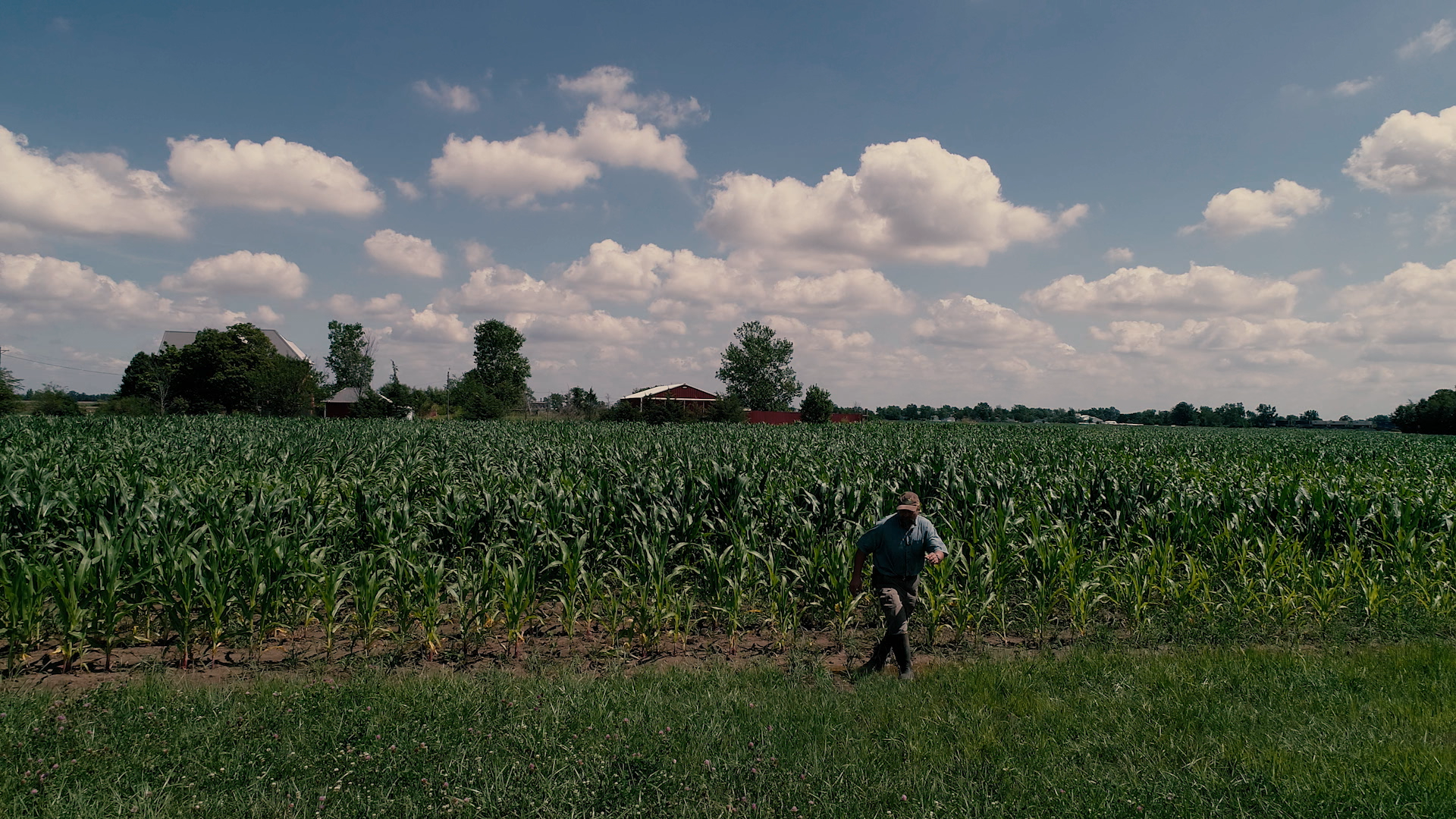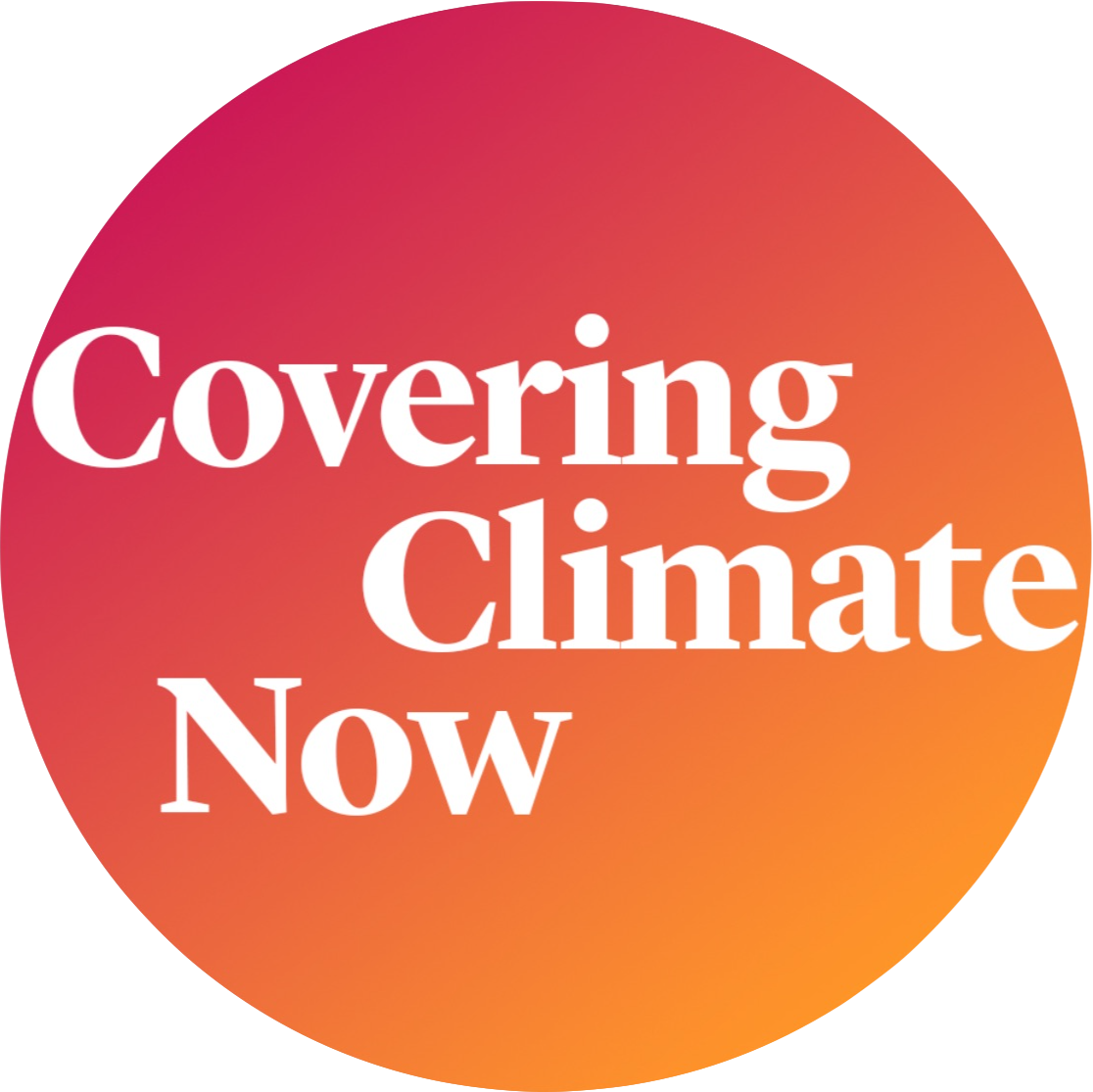
By , Eos

This story originally appeared in Eos and is republished here as part of Covering Climate Now, a global journalism collaboration strengthening coverage of the climate story.
In the United States, 2020 will be remembered not just for a global pandemic but also for a series of back-to-back and record-breaking disasters that affected much of the country, including many rural communities. As tempting as it may be to consider the severe losses and impacts from these events in isolation—the challenges of a year that will not soon be forgotten—the trend of rising losses from natural hazards has been visible for many years. From 2015 to 2020, according to NOAA, the United States was hit annually by at least 10 weather- and climate-related disasters that each caused more than $1 billion in damages [Smith, 2020].
Even more troubling than this overall trend of increasing disaster losses are the inequitable outcomes that follow disasters, such as the displacement of renters, disparate impacts on persons of color, lower levels of assistance for tribal communities, and the exacerbation of food insecurity among those who were already vulnerable. Such inequities have been glaringly obvious and clearly documented, for example, in 2017 in Puerto Rico following Hurricane Maria and in California in the wake of destructive wildfires, when impacts were far worse for the poor. Similarly negative effects of the COVID-19 pandemic, on both physical and economic well-being, have resoundingly affected persons of color, tribal nations, and rural communities at disproportionately high rates.
Historically, recovery efforts following disasters like floods or fires perpetuate injustice, imposing greater burdens on some families than on others and increasing the vulnerability of those who were already most at risk, such as undocumented persons, renters, and those living below the poverty line. Evidence of the systemic injustices and historical trends that have shaped risk landscapes in the United States can be seen clearly in many rural communities, where shrinking economies, public health crises, and extractive corporate practices have reduced the ability of local governments to deliver even basic services, much less prepare for or respond to disasters [Jerolleman, 2020].
Two Views of Rural Resilience
Both the media and researchers have paid a great deal of attention to climate change adaptation challenges faced by urban communities, but much less has been written or studied about rural communities and their unique challenges and, in some cases, advantages. One reason for this lack of coverage may be a general lack of visibility of rural areas, with many urban and suburban residents having little awareness of rural communities, even when they are nearby. Yet as of the 2010 census, roughly 19% of the U.S. population, or about 60 million people, still lived in areas considered rural, a rather large group to overlook.
The limited social science research into disaster vulnerability that has focused specifically on rural areas has presented two very different and conflicting perspectives of these communities’ resilience [Jerolleman, 2020]. In the first, rural communities are often portrayed as being particularly at risk and less able to act to reduce their vulnerability, adapt to climate change, and recover from disasters. This perspective stems from clear indications that resources are very scarce at the local level and that decades of underinvestment have left many communities failing to provide basic public safety services [Doherty, 2004]. These shortages contrast with urban areas, which often have more staff, greater ability to access rainy day funds, and budgets that are typically both larger on a per capita basis and better able to support infrastructure demands because of the economy of scale.
Rural communities also often lack zoning or building codes and struggle to enforce codes that are in place, thereby missing out on opportunities to reduce disaster risk. A report recently released by the Federal Emergency Management Agency found that jurisdictions with modern building codes could collectively avoid at least $32 billion in losses over a 20-year period, whereas communities without modern codes would instead experience greater losses [Federal Emergency Management Agency, 2020]. Similarly, smaller communities with less experience navigating federal disaster assistance processes often struggle to understand the particularities of the regulations, including when and how to appeal agency decisions and seek additional funds. Furthermore, they often have challenges meeting the administrative requirements for applying for and receiving assistance because of the use of less sophisticated accounting systems and record keeping, as well as with paying costs incurred while awaiting reimbursements [Jerolleman, 2020].
The second perspective is that rural communities exhibit greater levels of self-reliance and are inherently more adaptive because of strong social capital, a coherent sense of identity, and long-standing relationships based on reciprocity among community members [LaLone, 2012]. This perspective reflects perceptions about strengths inherent in close-knit communities with long histories of adapting to environmental changes. But it does not account for the struggles being keenly felt across much of rural America or the disparate outcomes seen among such communities. Although some rural communities continue to thrive, others face massive losses of population and jobs.
One study of rural resilience identified regional variations in resilience and speculated about a correlation between resilience and extents of economic disparity along racial lines [Cutter et al., 2016]. In other words, although some rural communities exhibit strong social capital and bonds that promote resilience, long histories of inequity inhibit resilience in others, particularly across the South. Research has also indicated that rural communities that are geographically closer to state capitals or urban centers are more readily able to gain advantages through regional partnerships and to access resources for emergency management [Jerolleman, 2020].
Rural Adaptation with an Eye on Equity
The two portrayals above each capture elements of the experiences and realities of rural America, and both point to the unique circumstances these communities face. National and state-level strategies for reducing risk from natural hazards, including tools and resources provided to rural communities, as well as disaster preparedness and recovery efforts, must all account for these unique traits and challenges. This accounting should consider local resource constraints while also identifying ways to build upon the strengths of rural communities. Failing to follow these steps may result in continuation of policies that do not address the needs of, but instead further perpetuate inequities in, rural communities, likely resulting in successful adaptation for some but not others.
Approaches that can help increase the resilience of rural communities include the following:
- Building peer networks among communities to facilitate sharing of resources and information, such as successful strategies for navigating programs and policies that are not well designed to meet local needs. Peers may share information about successful appeals processes or about exemptions granted by agencies in other events, for example. Such dialogue can broaden the knowledge base and tools that are available and relevant for rural communities planning for or coping with disasters.
- Creating strategies that build upon existing social capital in designing preparedness and recovery efforts. For example, disaster risk reduction efforts that account for a shared vision of the community and shared commitments to retain connections valued by the community, as well as efforts that use tools such as storytelling, have been very successful [Freitag et al., 2020].
- Modifying disaster recovery processes to account for differences among communities, such as differing levels of access to credit among municipalities.
- Revisiting and revising cost-benefit assessment methodologies that privilege risk reduction efforts in more populated areas with higher-value infrastructure.
- Modifying federal grant reimbursement strategies and cost-sharing requirements for hazard mitigation and disaster recovery efforts that currently overburden rural communities.
Beyond those recommendations, policymakers, climate adaptation specialists, and emergency managers must also intentionally apply an equity and justice lens to address systemic injustices. This process requires tracking unjust outcomes resulting from existing and new disaster policies and programs to determine which are failing to meet basic needs or are unevenly distributing resources.
Additional principles vital in promoting just recovery following disasters include the following [Jerolleman, 2019]:
- All community members must be able to exercise their agency in support of their personal well-being. This principle cannot be met if anyone is excluded from the benefits of public policies, such as when policies are irrelevant for rural residents or when all options provided by a policy are not understood by recipients and made available in a timely and accessible manner.
- Only equality is inherently defensible, whereas any unequal treatment of different groups must be justified. Bureaucratic processes that result in drastically different outcomes for rural residents, renters, or other disaster-affected individuals or communities fail this standard.
- Just recovery must harness the capacity of communities to transform and adapt while also honoring local histories of resilience. Holistic disaster risk reduction requires acknowledging and addressing existing inequalities in risk distribution and histories of disinvestment in rural areas.
- Access to resources and programs must be equal for everyone. This equality implies the full participation of smaller communities, on equal footing with larger and more populous areas, in state-level decisionmaking that determines resource allocation, disaster recovery plans, and future risk reduction.
The COVID-19 crisis is projected to result in drastic cuts to local and state government budgets. These cuts will only exacerbate challenges already faced by many underresourced rural communities at the same time that long-term impacts from the pandemic and the accompanying economic crisis are likely to increase the vulnerability of their residents.
Considering the ongoing trend of rising disaster losses and the ways in which such losses are consistently borne disproportionately by vulnerable populations, we simply cannot continue to ignore the needs of rural communities and the nearly 20% of the American population that lives within them. We have an opportunity to rethink climate adaptation and disaster preparedness and recovery to be more inclusive of all communities and to break the cycle of inequitable impacts after each and every disaster.
Catch more news on Great Lakes Now:
Rights vs. Regulations: When it comes to septic system codes, property rights remain a big barrier
Midland Flooding: Climate change and rains exacerbate dam infrastructure issues
Michigan dams need ‘immediate attention’ to prevent next failure
Enbridge Line 3 divides Indigenous lands, people
On Michigan’s inland lakes, ice fishing with less ice, and fewer fish
API key not valid. Please pass a valid API key.Featured image: Ohio farm (Great Lakes Now Episode 1016)




